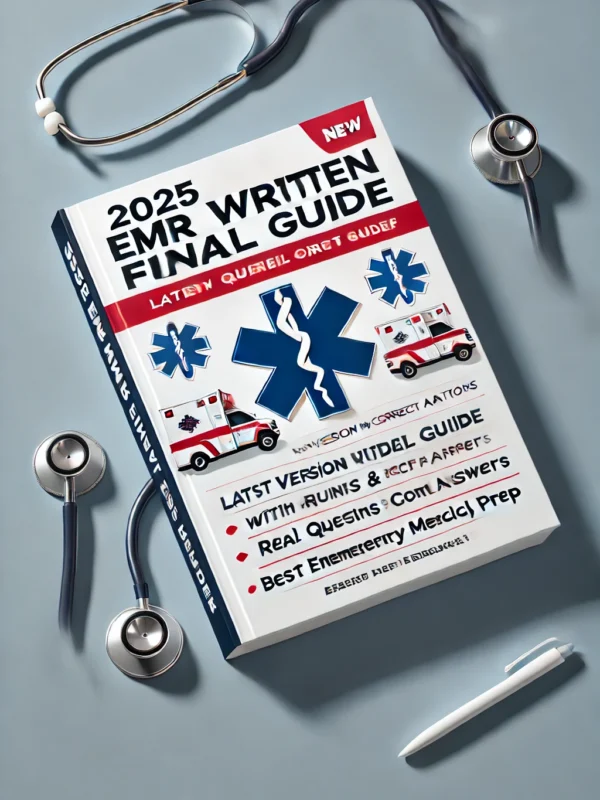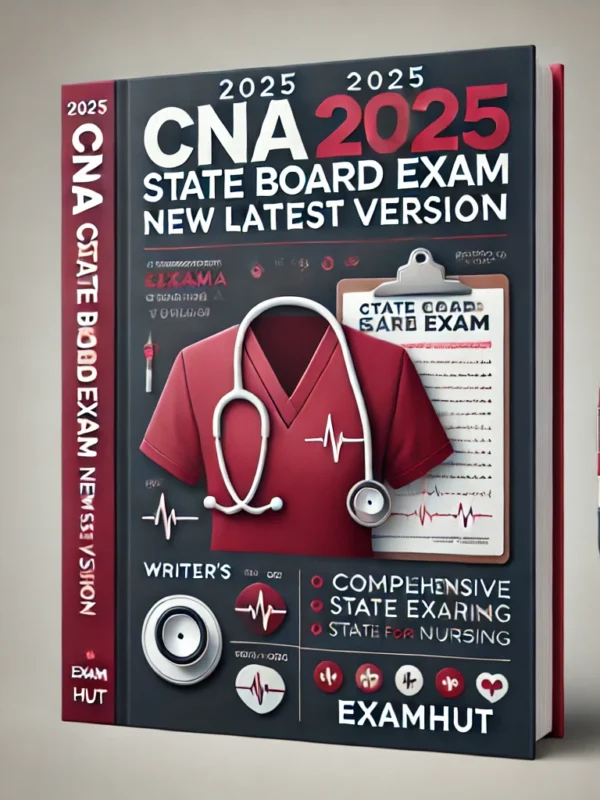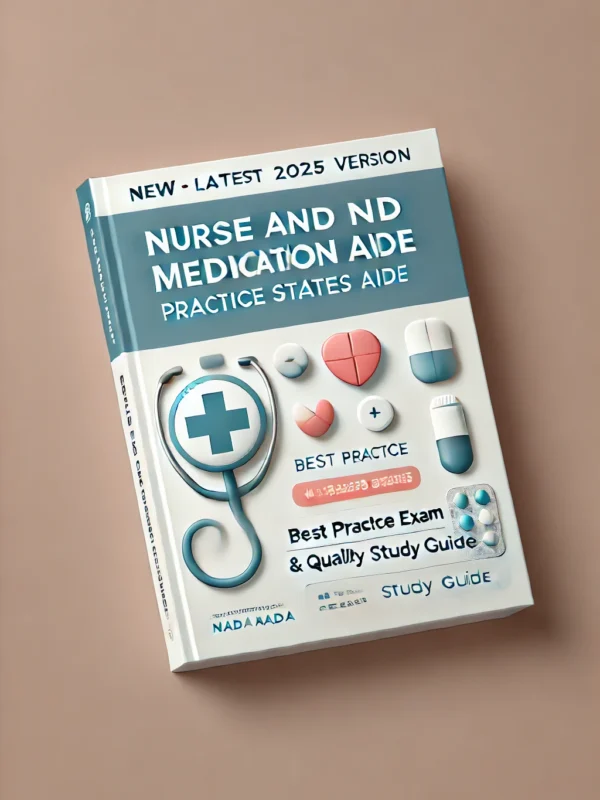Achieve success in your South University nursing program with the NSG 6420 Final Exam Test Bank: All Versions of the Exam with All Modules Covered – Accurate & Verified Questions and Answers for Guaranteed Pass, Latest Update (South University). This comprehensive test bank is specifically designed for students enrolled in NSG 6420 (Family Nurse Practitioner I) at South University, providing an extensive collection of accurate and verified questions from all versions of the final exam. Covering all modules, including health promotion, disease prevention, acute and chronic illness management, family-centered care, diagnostic reasoning, and advanced practice nursing roles, this resource ensures you’re fully prepared for the exam’s content and format. Topics span a wide range of systems and populations, such as cardiovascular, respiratory, endocrine, pediatric, geriatric, and women’s health, as well as pharmacology, ethical considerations, and cultural competence. Each question is paired with detailed, verified answers and in-depth rationales, helping you understand the clinical reasoning behind correct responses and enhancing your ability to apply knowledge in real-world scenarios. The NSG 6420 Final Exam typically includes 100–150 questions in formats like multiple-choice, case studies, and application-based scenarios, and this test bank mirrors that structure to provide an authentic practice experience. Verified by top South University students, this study guide guarantees a passing score through a structured, focused approach to preparation. Updated for the 2025 academic year, it aligns with the latest South University curriculum, making it the ultimate tool to help you excel in NSG 6420 and advance toward your career as a family nurse practitioner.
Preview
1. A 76-year-old patient with a 200 pack-year smoking history presents with complaints of
chronic cough, dyspnea, fatigue, hemoptysis, and weight loss over the past 2 months. The
physical exam reveals decreased breath sounds and dullness to percussion over the left lower
lung field. The chest X-ray demonstrates shift of the mediastinum and trachea to the left.
These are classic signs of:
A) Chronic bronchitis
B) Pneumonia
C) Lung cancer
D) Tuberculosis
Correct Answer: C) Lung cancer
Rationale: The patient’s symptoms and physical exam findings, including weight loss,
hemoptysis, and mediastinal shift, are classic signs of lung cancer.
2. The nurse practitioner is discussing lifestyle changes with a patient diagnosed with
gastroesophageal reflux disease (GERD). What are the nonpharmacological management
interventions that should be included?
A) Take larger meals to avoid hunger
B) Keep the head of your bed elevated on blocks
C) Drink coffee to stimulate digestion
D) Avoid all dairy products
Correct Answer: B) Keep the head of your bed elevated on blocks
Rationale: Elevating the head of the bed helps prevent acid reflux during sleep and is a
recommended lifestyle change for GERD.
3. In examining the mouth of an older adult with a history of smoking, the nurse practitioner
f
inds a suspicious oral lesion. The patient has been referred for a biopsy to be sent for
pathology. Which is the most common oral precancerous lesion?
A) Canker sores
B) Leukoplakia
C) Oral thrush
D) Gingivitis
Correct Answer: B) Leukoplakia
Rationale: Leukoplakia is the most common oral precancerous lesion, often seen in smokers.
4. You have a patient complaining of vertigo and wants to know what could be the cause. The
sensation lasts several hours to days and is accompanied by tinnitus and hearing loss. You
suspect which of the following conditions?
A) Benign paroxysmal positional vertigo (BPPV)
B) Meniere’s disease
C) Labyrinthitis
D) Acoustic neuroma
Correct Answer: B) Meniere’s disease
Rationale: Meniere’s disease is characterized by vertigo, tinnitus, hearing loss, and the duration
of symptoms lasting hours to days.
chronic cough, dyspnea, fatigue, hemoptysis, and weight loss over the past 2 months. The
physical exam reveals decreased breath sounds and dullness to percussion over the left lower
lung field. The chest X-ray demonstrates shift of the mediastinum and trachea to the left.
These are classic signs of:
A) Chronic bronchitis
B) Pneumonia
C) Lung cancer
D) Tuberculosis
Correct Answer: C) Lung cancer
Rationale: The patient’s symptoms and physical exam findings, including weight loss,
hemoptysis, and mediastinal shift, are classic signs of lung cancer.
2. The nurse practitioner is discussing lifestyle changes with a patient diagnosed with
gastroesophageal reflux disease (GERD). What are the nonpharmacological management
interventions that should be included?
A) Take larger meals to avoid hunger
B) Keep the head of your bed elevated on blocks
C) Drink coffee to stimulate digestion
D) Avoid all dairy products
Correct Answer: B) Keep the head of your bed elevated on blocks
Rationale: Elevating the head of the bed helps prevent acid reflux during sleep and is a
recommended lifestyle change for GERD.
3. In examining the mouth of an older adult with a history of smoking, the nurse practitioner
f
inds a suspicious oral lesion. The patient has been referred for a biopsy to be sent for
pathology. Which is the most common oral precancerous lesion?
A) Canker sores
B) Leukoplakia
C) Oral thrush
D) Gingivitis
Correct Answer: B) Leukoplakia
Rationale: Leukoplakia is the most common oral precancerous lesion, often seen in smokers.
4. You have a patient complaining of vertigo and wants to know what could be the cause. The
sensation lasts several hours to days and is accompanied by tinnitus and hearing loss. You
suspect which of the following conditions?
A) Benign paroxysmal positional vertigo (BPPV)
B) Meniere’s disease
C) Labyrinthitis
D) Acoustic neuroma
Correct Answer: B) Meniere’s disease
Rationale: Meniere’s disease is characterized by vertigo, tinnitus, hearing loss, and the duration
of symptoms lasting hours to days.











Reviews
There are no reviews yet.